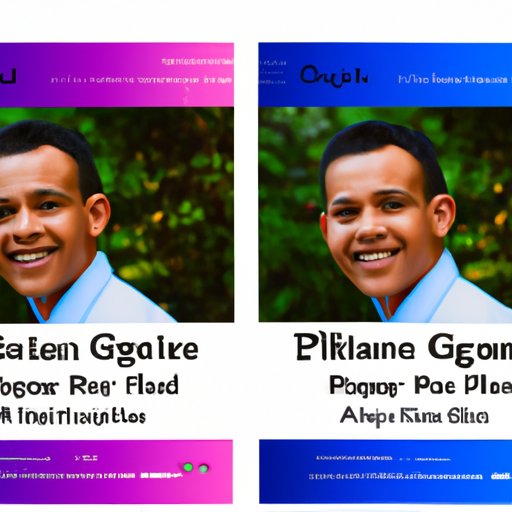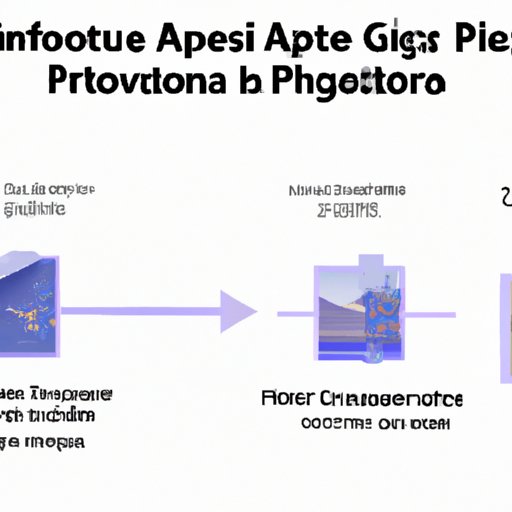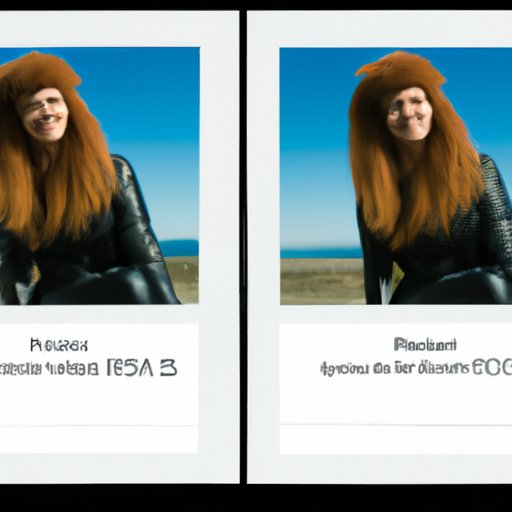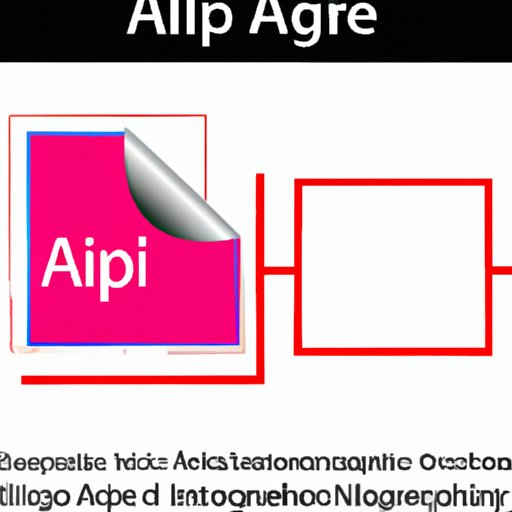Introduction
In any form of digital artwork or design, you may find yourself needing to convert an AI file to a JPG. But what exactly is an AI file? AI stands for Adobe Illustrator and it is a type of vector file used for creating graphics and illustrations. Vector files are composed of paths or lines, rather than pixels, so they can be scaled to any size without losing quality. On the other hand, JPGs are popular image formats that are compressed for efficient storage and quick loading times on websites and social media.
Converting an AI file to a JPG is not as difficult as it may seem. There are several methods available depending on your needs, from using Adobe Photoshop to utilizing online conversion tools and exploring free software options. This article will provide a comprehensive overview of how to convert an AI file to a JPG.
Using Adobe Photoshop to Convert AI File to JPG
Adobe Photoshop is one of the most popular professional image editing programs available. It offers a wide range of features and tools for creating and manipulating images. Fortunately, it’s also possible to use Photoshop to convert an AI file to a JPG. Here is a step-by-step guide to converting an AI file to a JPG in Photoshop:
- Open the AI file in Photoshop by going to File > Open.
- Next, go to File > Save As and select JPEG from the drop-down menu.
- Click the Save button and a dialog box will appear. Select the desired Quality level and click OK.
- Finally, click Save again to save the file as a JPG.

Utilizing Online Conversion Tools to Transform AI File to JPG
If you don’t have access to Photoshop, there are still plenty of ways to convert an AI file to a JPG. One option is to use an online conversion tool. These tools allow you to easily convert AI files to JPGs without the need for any additional software. However, there are some advantages and disadvantages to using online conversion tools.
One advantage of using an online conversion tool is that it’s often faster and easier than using a desktop application like Photoshop. Furthermore, since the file is uploaded and converted online, there is no need to worry about downloading and installing any additional software. On the other hand, online conversion tools can be less reliable than desktop applications, as there is always the potential for data loss or corruption during the conversion process.
If you decide to use an online conversion tool, there are a few recommended options available. Zamzar is a popular online conversion tool that supports a variety of file types, including AI and JPG. Another good option is CloudConvert, which is free to use and supports over 200 different file formats. Finally, FileZigZag is another great choice that can convert AI files to JPGs quickly and easily.
Exploring Free Software Options to Convert AI to JPG
In addition to online conversion tools, there are also a few free software options available for converting AI files to JPGs. Two of the most popular choices are GIMP and Inkscape. Both of these programs are open source, meaning that anyone can use them for free.
GIMP
GIMP (GNU Image Manipulation Program) is a powerful image editing program that is similar to Photoshop. It offers a wide range of features, including the ability to convert AI files to JPGs. Here is a step-by-step guide to converting an AI file to a JPG in GIMP:
- Open the AI file in GIMP by going to File > Open.
- Next, go to File > Export As and select JPEG from the drop-down menu.
- Adjust the Quality settings if desired and click Export.
- Finally, click Export again to save the file as a JPG.
Inkscape
Inkscape is another popular open source vector graphics editor that can be used to convert AI files to JPGs. The process is similar to GIMP, but the user interface is slightly different. Here is a step-by-step guide to converting an AI file to a JPG in Inkscape:
- Open the AI file in Inkscape by going to File > Open.
- Next, go to File > Export Bitmap and select JPEG from the drop-down menu.
- Adjust the Quality settings if desired and click Export.
- Finally, click Export again to save the file as a JPG.

Explaining the Process of Exporting AI Files in Illustrator as JPGs
If you are using Adobe Illustrator to create your AI files, you may be wondering if it’s possible to export them directly as JPGs. Fortunately, this is possible. Here is a step-by-step guide to exporting AI files in Illustrator as JPGs:
- Open the AI file in Illustrator by going to File > Open.
- Next, go to File > Export and select JPEG from the drop-down menu.
- Adjust the Quality settings if desired and click Export.
- Finally, click Export again to save the file as a JPG.

Demonstrating How to Use GIMP to Convert AI File to JPG
If you don’t have access to Adobe Photoshop or Illustrator, you can still convert AI files to JPGs using GIMP. Here is a step-by-step guide to converting an AI file to a JPG in GIMP:
- Open the AI file in GIMP by going to File > Open.
- Next, go to File > Export As and select JPEG from the drop-down menu.
- Adjust the Quality settings if desired and click Export.
- Finally, click Export again to save the file as a JPG.
Conclusion
As you can see, there are several different ways to convert an AI file to a JPG. If you have access to Adobe Photoshop or Illustrator, you can use those programs to export AI files as JPGs. Alternatively, you can utilize online conversion tools or explore free software options such as GIMP and Inkscape. Whichever method you choose, it’s important to keep in mind that some information may be lost or distorted during the conversion process.
In summary, converting an AI file to a JPG is relatively straightforward. With the right tools and a bit of know-how, you should have no trouble completing this task. Hopefully, this article has provided you with the information and resources you need to successfully convert an AI file to a JPG.
(Note: Is this article not meeting your expectations? Do you have knowledge or insights to share? Unlock new opportunities and expand your reach by joining our authors team. Click Registration to join us and share your expertise with our readers.)
